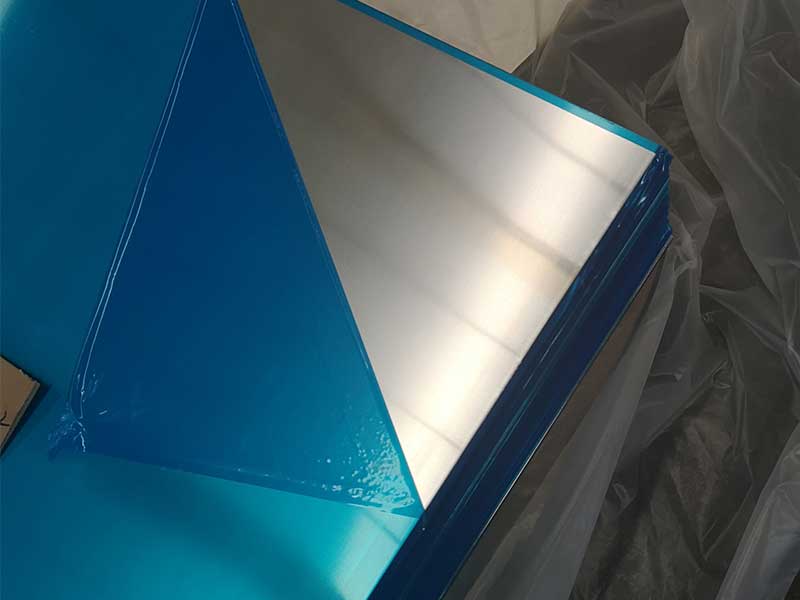3003 h14 aluminium plate
Aluminium has established itself as a premium material across various industries due to its lightweight nature, corrosion resistance, and excellent machinability. Among the many aluminum alloys available, the 3003 H14 aluminium plate stands out, thanks to its unique combination of properties and versatility. In this article, we’ll delve into the Features of the 3003 H14 aluminium plate and explore its wide array of applications.
What is 3003 H14 Aluminium Plate?
The 3003 aluminium alloy is composed primarily of aluminum (about 98.9%) and includes small quantities of manganese (around 1.0-1.5%), which enhances its workability and strength. The H14 temper indicates that the metal has undergone cold working but is not subjected to heat treatment, resulting in a strengthening effect while maintaining excellent ductility.
Features of 3003 H14 Aluminium Plate
-
Outstanding Corrosion Resistance: One of the primary benefits of 3003 H14 aluminium plate is its ability to resist corrosion. This property makes it an ideal choice for outdoor environments and various industrial applications where exposure to moisture is common.
-
Good Workability: This aluminum alloy is known for its excellent machinability. This means it can be easily cut, welded, and formed into various shapes, making it ideal for industries requiring precision components.
-
Lightweight yet Strong: The lightweight nature of 3003 H14 aluminium plate provides significant advantages in applications where weight is a critical factor. However, it still maintains impressive strength, making it suitable for structural applications as well.
-
Excellent Fabricability: With its ability to withstand forming processes, 3003 H14 is a popular choice among manufacturers who require plates that can be rolled, bent, and shaped without losing integrity.
-
Non-toxic and Hygienic: Another notable characteristic of the 3003 H14 aluminium plate is that it is non-toxic. As such, it is widely used in applications that require high sanitary standards, such as the food processing industry.
Applications of 3003 H14 Aluminium Plate
Given its overwhelming advantages, the 3003 H14 aluminium plate sees widespread use across numerous sectors. Let’s explore several key applications:
1. Food Processing Industry
The sanitary nature of 3003 H14 makes it an excellent choice in the food processing sector. It is commonly used for manufacturing storage bins, trays, and equipment that require regular sanitation.
2. Chemical Processing
Due to its resistance to corrosion, 3003 H14 aluminium plates are utilized in the chemical processing industry for constructing tanks, pipes, and containers that handle various chemical substances.
3. Aerospace and Automotive
In both aerospace and automotive industries, where every ounce counts, the lightweight and durable characteristics of the 3003 H14 alloy make it essential for creating parts that enhance fuel efficiency without compromising structural integrity.
4. Architectural Applications
Architectural applications frequently incorporate the 3003 H14 aluminium plate, utilized in building facades, roofing, and decorative trims, allowing for innovative design while offering practicality and longevity.
5. Electrical Enclosures
The good conductivity of aluminum combined with its non-corrosive properties enables 3003 H14 plates to be used for electrical enclosure manufacturing, providing excellent protection for sensitive equipment indoors and outdoors.






